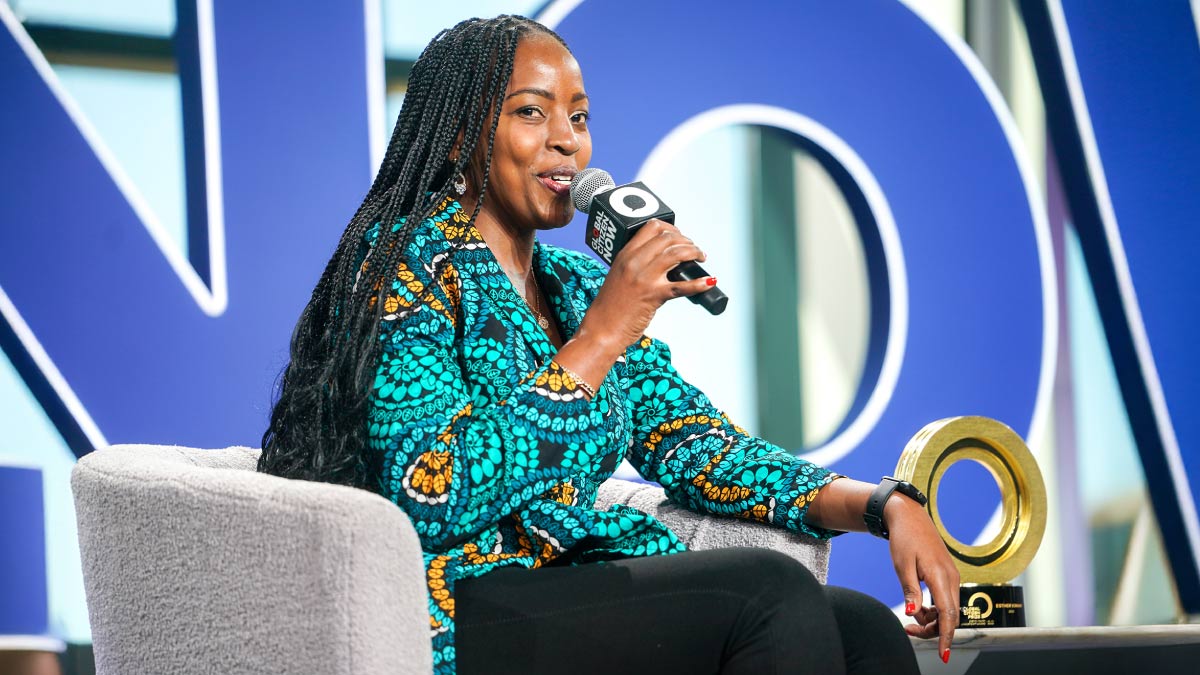This is a guest post by Bola Rotibi, Research Director at CCS Insight
The rush to promote social inclusivity goals may be viewed with scepticism by some - as a PR ploy deployed with virtue signalling soundbites. Or, worse, as a distraction to shift the focus away from a poor track record of diversity investments - whether in approach, the workforce, organizational culture, partner ecosystem make-up or, crucially, leadership.
However, seeding the workforce with a diverse range of entrants must be a core characteristic for any organizations serious about embracing social inclusivity as a building block of its cultural DNA and CSR goals. In practice this means going beyond the typical profile of the academically skilled, or those who hail from socio-economically advantaged backgrounds, or who have gone to the right schools and higher educational institutes.
In short, companies need get out of their comfort zones – not least because it is to their advantage to do so. Widening the choice of the employee pool can give access to a spark and originality of thinking not always reflected in academic achievements.
Inclusion done well is uplifting. I found this out speaking to Jaye Reddy, a young woman who is currently in the first year of a four-year Cisco sponsored Digital Technology Solutions Degree Apprenticeship. Jaye studied high school level qualifications (UK-based A-levels) in Politics, English and Business Studies that would normally have set her on the path to a relevant university-based course. But Jaye was determined for a different educational experience that was more aligned to her need for creativity and flexibility with the pace and freedom to explore beyond societal and academic constraints. It takes courage to go against the expectations of friends, family and teachers. But, given the right vehicle, with impartial entry criteria that are rigorously implemented, it can be a compelling option for progression and ingenuity that benefits all.
Cisco’s support of the UK Department of Education sponsored degree apprenticeship scheme was that vehicle.
Degree apprenticeships are developed in partnership with employers, universities and professional bodies. In short, they offer a new type of professional qualification programme that combines paid employment with part-time university-based study. Graduates of the scheme not only earn a degree, but also a meaningful vocation without long-term financial hardship. For the employer of a well-designed course, at the end of the process, they may obtain an employee invested in the company’s and who has experience of its operations: a win-win outcome for all stakeholders.
By all accounts, Cisco’s Digital Technology Solutions Degree Apprenticeship is hitting all the right spots. What Jaye and her apprenticeship cohort value and enjoy immensely are the job rotations they get to experience. Each rotation of four to six months duration has them immersed in every day real-world work experiences. The upshot to this is that Jaye and her fellow apprentices “feel like they are providing worthwhile contribution, gaining important transferable knowledge and skills and making a difference to Cisco’s business operations and subsequent growth.”
And here’s the thing, especially for app developers that have yet to accept that experience matters and has far reaching impact. Jaye’s journey with Cisco started with a school holiday placement working with a now discontinued Cisco application. But it was one which left a memorable impression. Its ease of use and accessibility gave her a positive impression of the company. Just as crucial is an ethos of inclusivity and employee care; this must be a fundamental part of business operations and corporate culture.
Once again, cementing Jaye’s drive to joining Cisco was the company’s long-time ardent support for the mix of issues that matter most to her generation: environment-friendly business operations, socially diverse workforce and respectful working policies that want the best for their employees. Now a Cisco employee, it’s clear that Jaye is relishing being part of an organization that she believes encouraged her in the rigorous apprenticeship selection process to show she is now and wants to become. Cisco’s implementation of the Pavelka Wellness helping employees be mentally and physically healthier, and its support for the many different internal shared interest groups, are the icing on the cake for Jaye.
That the entire Cisco workforce is encouraged to give back to society with 10 days for charity work on top of their annual leave entitlement, reflects a business that aims to be more than just a “Tech” company. It is a sign of the times that an exponentially growing number of organizations throughout the business landscape are putting similar socially conscious endeavours in place.
There are many tools that can help shape a meaningful inclusion programme; each will require different resources, but all need strong backing from leadership, together with an ability to think beyond the limits. It’s important that there are no silos or divisions.
My conversation with Jaye, highlighted a social inclusivity programme that offers great potential for Cisco as well as the participants. It turns up the dial for one of the most important measures of organizational progress: sustainability and long-term growth.
Many companies have a generational challenge – of making both older and younger workers feel valued, with the chance for both to contribute and progress but not at the expense of the other.
Done well, programmes such as degree apprenticeships, Pavelka Wellness and internal shared interest groups on top of the usual hiring practices can help prevent staff turnover and keep existing employees motivated. This will become a priority for many industries facing significant staff shortages and high staff turnovers, especially if caused by lack of workforce inclusivity. The absence of empowerment along with little demonstrable concern for the well-being of the workforce or the world around, is a drag on enthusiasm and deters a willingness to engage and think innovatively.
Ultimately, social inclusion is a win-win. When embraced whole heartedly with commitment at every level of leadership and supported by a solid framework with diverse and inspiring programmes of continual engagement it is a gateway to a wealth of benefits.
But successfully attracting people is one thing; keeping them motivated and progressing through the company is another. There is little benefit in attracting in a diverse workforce if employees are not then given the opportunities to succeed. They need to be the people influencing company strategy five, 10 and 20 years from now.
So, for Cisco, the proof will be in the proverbial pudding: if inclusive hiring is to be a long-term success, the company will need to demonstrate that it can support these employees’ development in the future.
###



